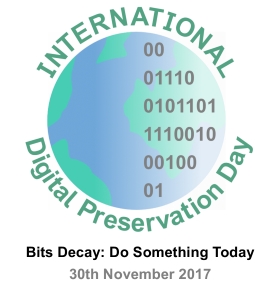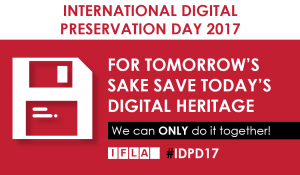The African World Heritage Day is an opportunity to celebrate, in Africa and around the world, the cultural heritage, but it is also an opportunity to raise awareness about the urgent need to protect and safeguard endangered African heritage.
Despite the richness of Africa’s heritage, Africa remains underrepresented on the World Heritage List, yet accounts for 42 % of all listings on the List of World Heritage in Danger. More encouragingly, it represents a large part of the listings on the Memory of the World Register, which focuses more strongly on documentary heritage.
The Manuscripts of Mali
Over the last years the ancient city of Timbuktu has been frequent media attention for crimes not only against people, but also against Mali’s cultural heritage. During the occupation of northern Mali, extremists destroyed cultural heritage sites and set ablaze the Library of Timbuktu, burning around 4500 manuscripts and with it an important piece of Mali’s history. Already during the Jidhadist occupation, thousands of manuscripts had been transported in secret to Bamako, in the now famous rescue operation organised by the Timbuktu librarian Abdel Kader Haidara. Some librarians chose not to take part in the rescue mission, but instead chose to hide their precious manuscripts in secret desert hiding spaces around Timbuktu.
UNESCO formed a working group in response to Mali’s emergency situation, with IFLA represented by former President Ellen Tise. The group formulated an action plan to rebuild Timbuktu’s cultural heritage, with IFLA focussing on guarantee the safekeeping of written cultural heritage, as well as the restoration and adequate training for the cultural custodians in Mali. Today The British Library, through the Endangered Archives Programme, and in partnership with the Hill Museum and Manuscript Library in Minnesota, USA, are undertaking the digitisation of the libraries in Timbuktu.
PAC Centres
The IFLA Strategic Programme on Preservation and Conservation (PAC) was officially created during the IFLA annual conference in Nairobi in 1984 . The PAC Programme has one major goal: to ensure that library and archive materials, published and unpublished, in all formats, will be preserved in accessible form for as long as possible.
There are two PAC Centres in Africa: the South Africa PAC Centre located at the National Library of South Africa, and the Cameroon PAC Centre located at CERDOTOLA (the International Centre for research and documentation on African traditions and languages). The two PAC centres have a wide range of expertise concerning preservation and conservation as well as safeguarding cultural heritage. The centres host events, trainings and workshops and support librarians and others on preservation of documentary cultural heritage.
Cultural heritage both tangible and intangible, natural and cultural, and consisting of both movable and immovable assets inherited from the past, is of extremely high value for the present and the future of communities. Access, preservation, and education around cultural heritage are essential for the evolution of peoples and their cultures. The preservation and restoration of cultural heritage has always been a priority for IFLA, as a key element of the contribution of libraries to humanity.


 This year the first ever
This year the first ever 
